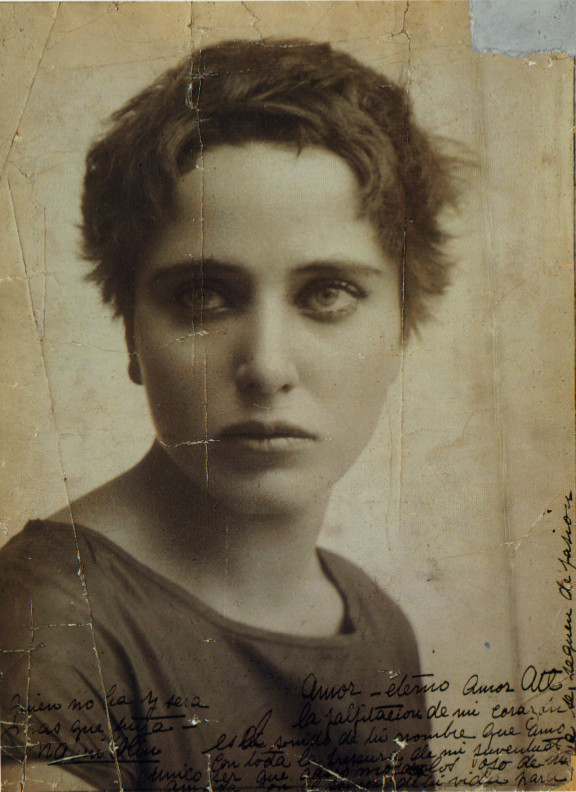Richard King (ed.): Art in Turmoil: The Chinese Cultural Revolution, 1966-76 (2010)
Filed under book | Tags: · 1960s, 1970s, art, art history, ballet, china, cultural revolution, opera, painting, politics, sculpture

The Cultural Revolution was a massive social and political upheaval resulting from a battle for supremacy within the ruling Chinese Communist Party, set in motion by the party’s chairman Mao Zedong. It was also a time of both brutal iconoclasm and radical experimentation in the arts, the effects of which still resonate today.
Forty years after the Cultural Revolution, Art in Turmoil revisits the visual and performing arts of the period — the paintings, propaganda posters, political cartoons, sculpture, folk arts, private sketchbooks, opera, and ballet. Probing deeply, it examines what these vibrant, militant, often gaudy images meant to artists, their patrons, and their audiences at the time, and what they mean now, both in their original forms and as revolutionary icons reworked for a new market-oriented age.
Chapters by scholars of Chinese history and art and by artists whose careers were shaped by the Cultural Revolution decode the rhetoric of China’s turbulent decade. The many illustrations in the book, some familiar and some never seen before, also offer new insights into works that have transcended their times.
Edited with Ralph Croizier, Shengtian Zheng, and Scott Watson
Publisher UBC Press, Vancouver/Toronto, 2010
Contemporary Chinese Studies series
ISBN 0774815426, 9780774815420
282 pages
review (Stefan R. Landsberger, The China Beat)
Comment (0)Mary Jane Jacob, Michelle Grabner (eds.): The Studio Reader: On the Space of Artists (2010)
Filed under book | Tags: · art, painting, photography, sculpture

The image of a tortured genius working in near isolation has long dominated our conceptions of the artist’s studio. Examples abound: think Jackson Pollock dripping resin on a cicada carcass in his shed in the Hamptons. But times have changed; ever since Andy Warhol declared his art space a “factory,” artists have begun to envision themselves as the leaders of production teams, and their sense of what it means to be in the studio has altered just as dramatically as their practices.
The Studio Reader pulls back the curtain from the art world to reveal the real activities behind artistic production. What does it mean to be in the studio? What is the space of the studio in the artist’s practice? How do studios help artists envision their agency and, beyond that, their own lives? This forward-thinking anthology features an all-star array of contributors, ranging from Svetlana Alpers, Bruce Nauman, and Robert Storr to Daniel Buren, Carolee Schneemann, and Buzz Spector, each of whom locates the studio both spatially and conceptually—at the center of an art world that careens across institutions, markets, and disciplines. A companion for anyone engaged with the spectacular sites of art at its making, The Studio Reader reconsiders this crucial space as an actual way of being that illuminates our understanding of both artists and the world they inhabit.
Publisher University of Chicago Press, 2010
ISBN 0226389618, 9780226389615
390 pages
Nahui Olin: una mujer de los tiempos modernos, 2nd ed (1993) [Spanish]
Filed under book, catalogue | Tags: · activism, art, art history, literature, mexico, painting, poetry

Extensive catalogue of an exhibition of Mexican artist’s model, painter and poet Carmen Mondragón, also known as Nahui Olin (1893-1978). She is considered one of the talented and revolutionary women who formed the 1920s and 1930s in Mexico by activism and creativity, like Guadalupe Marín, Antonieta Rivas Mercado, Frida Kahlo, Tina Modotti, Lupe Vélez and María Izquierdo.
Publisher Museo Estudio Diego Rivera, Mexico, 1993
ISBN 9682946697
173 pages

